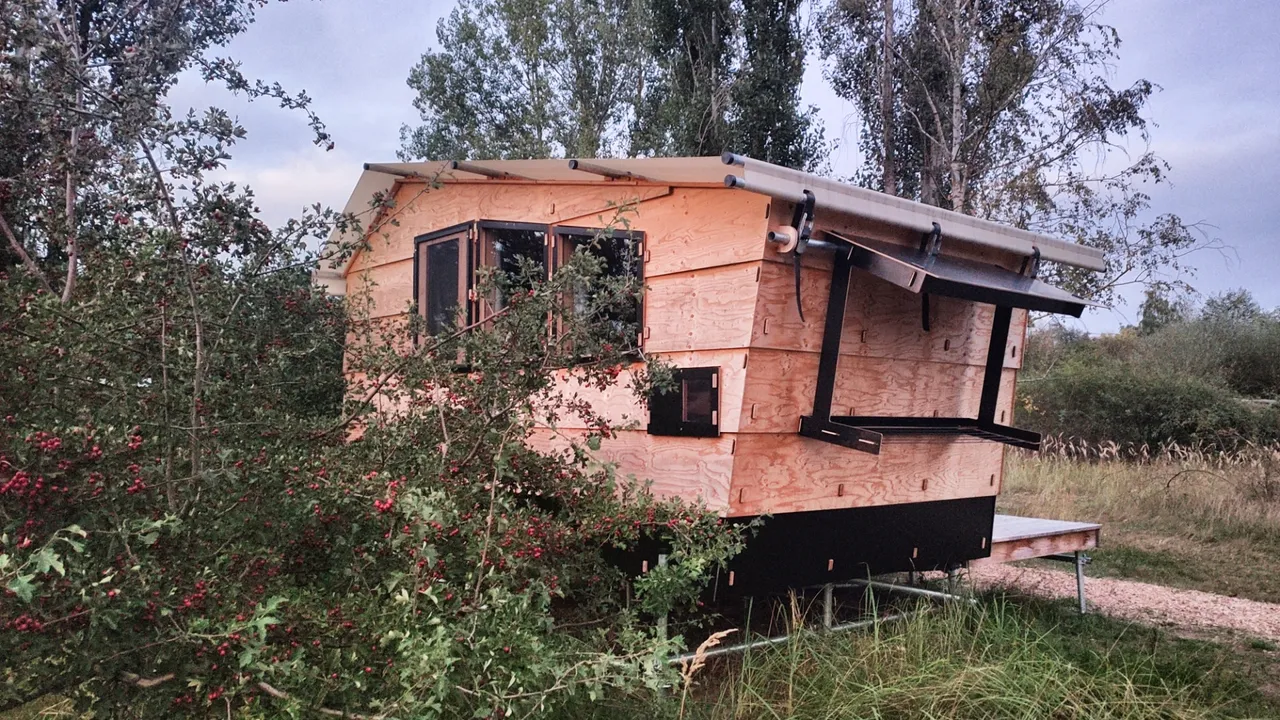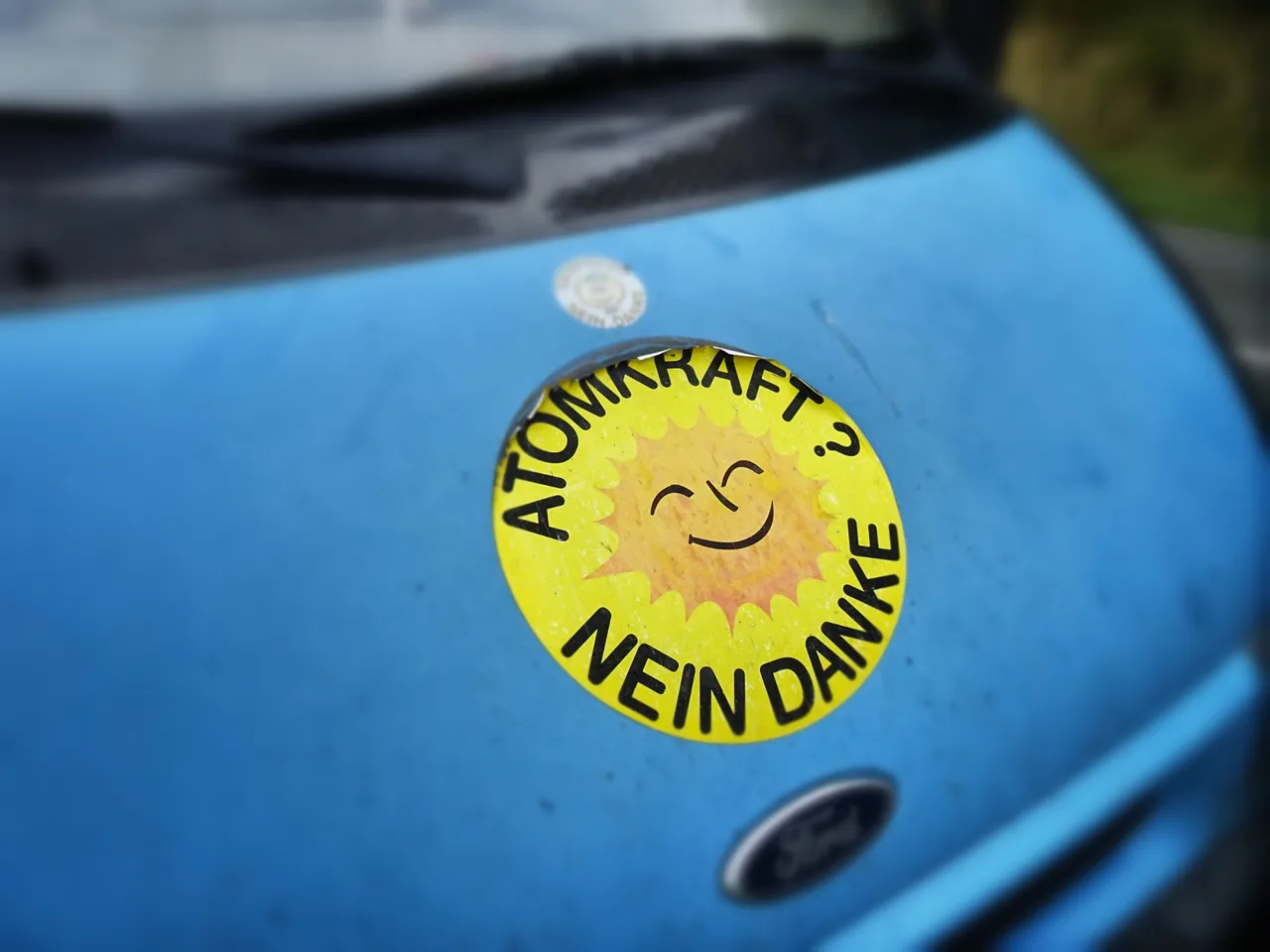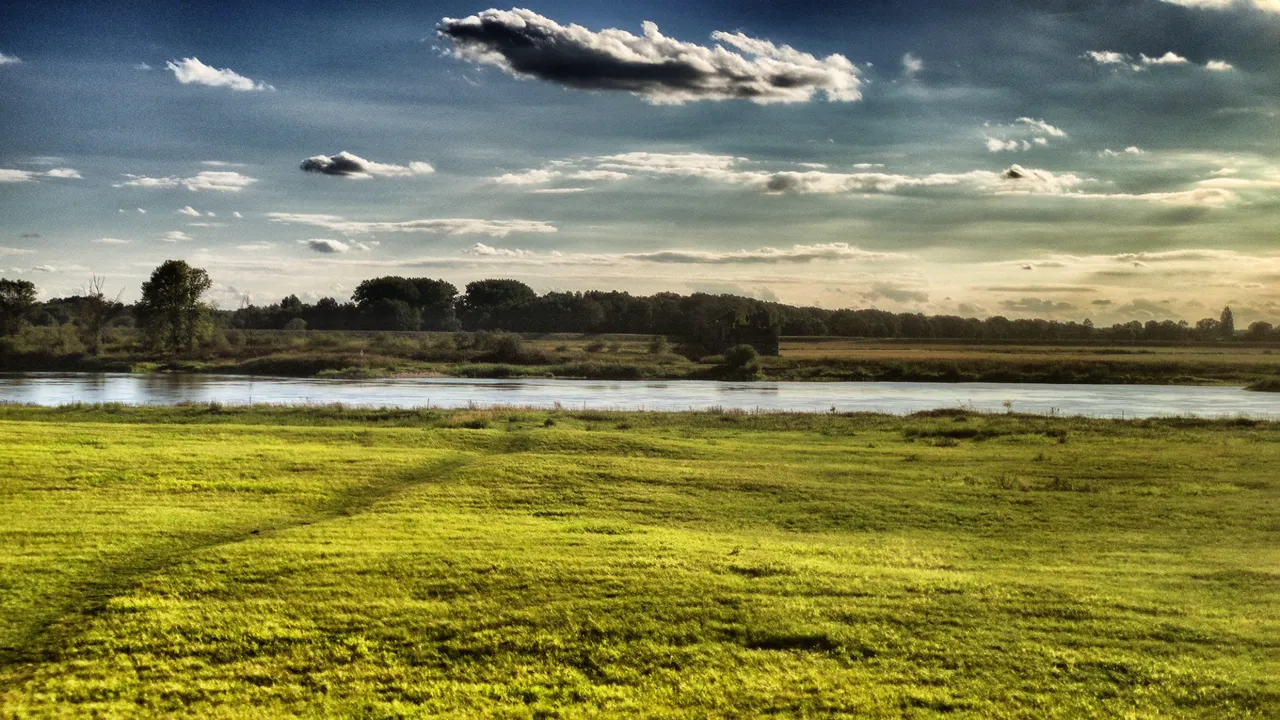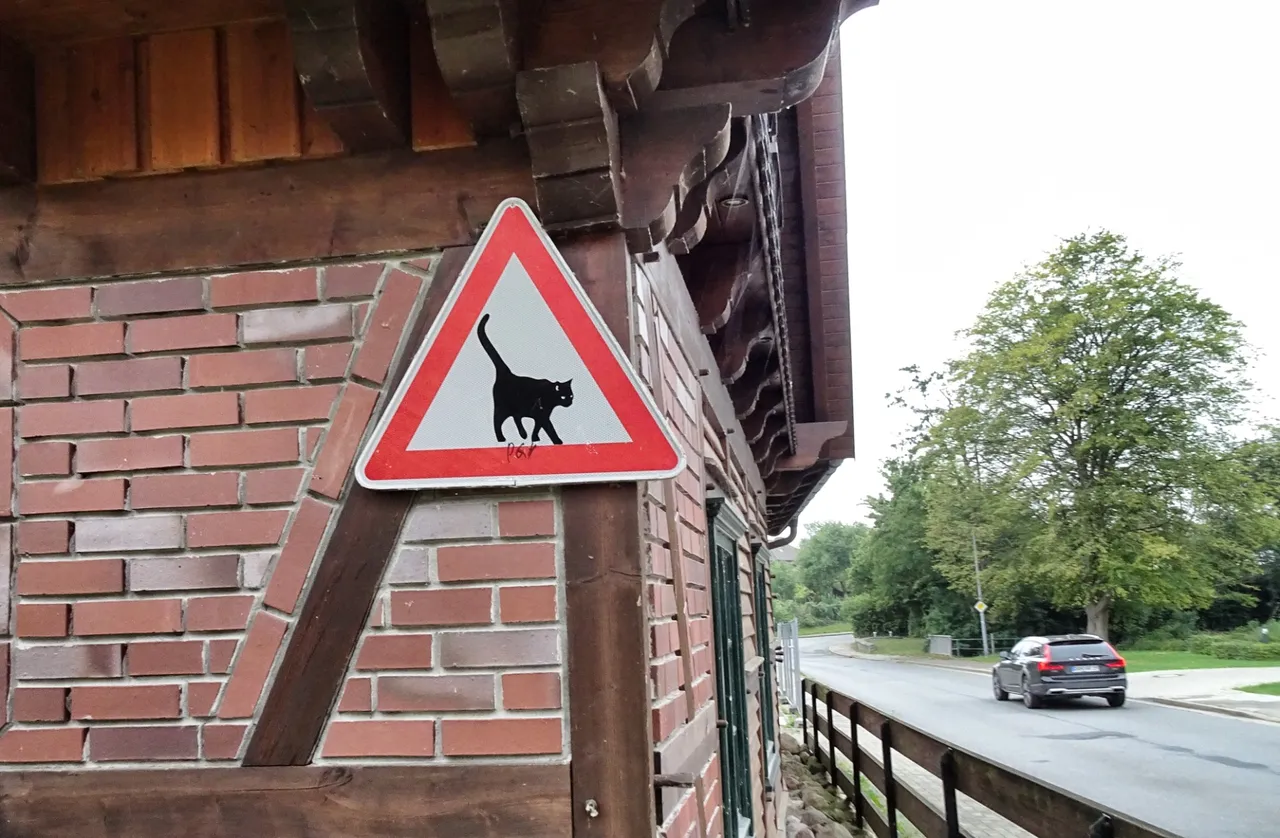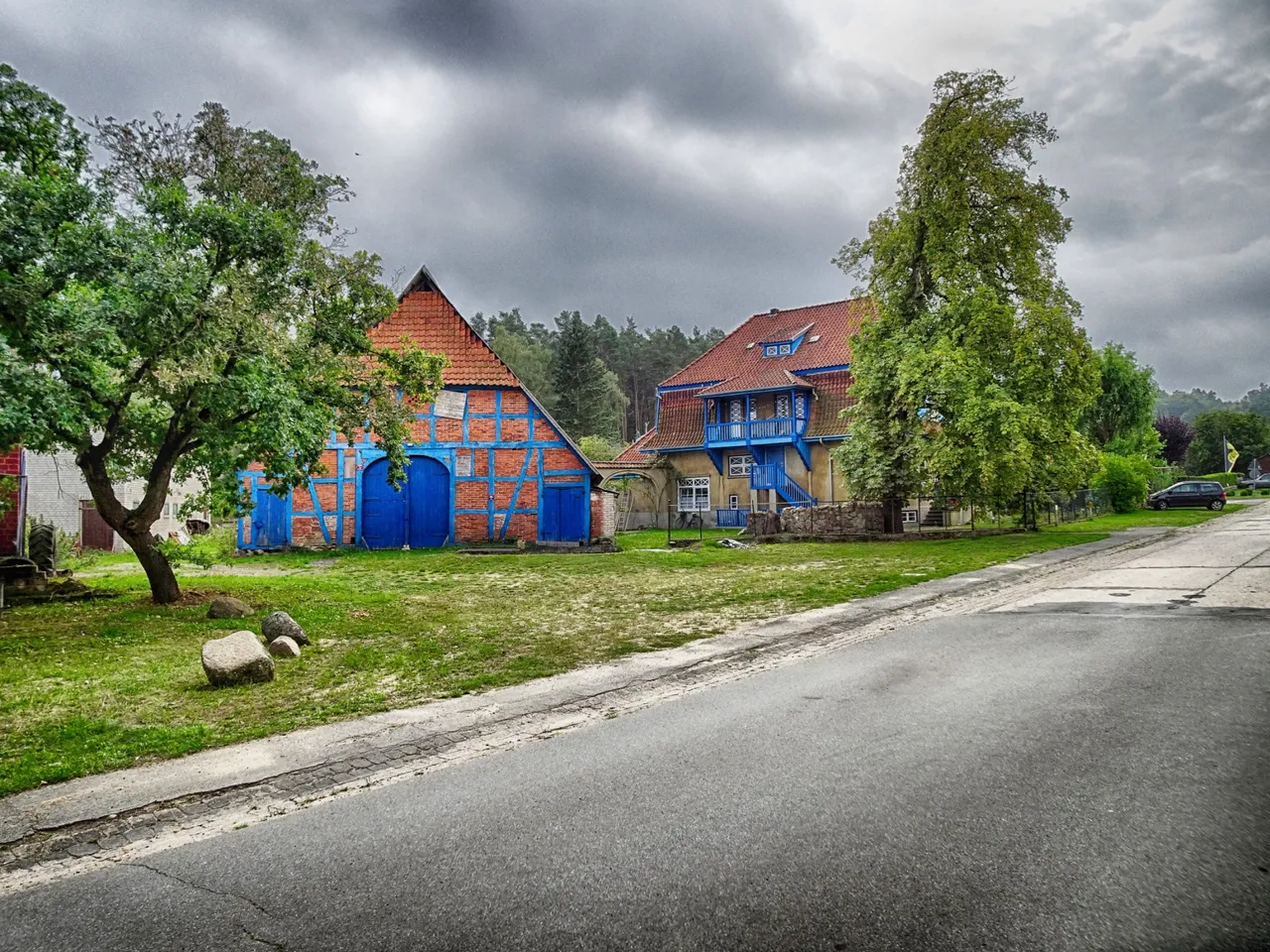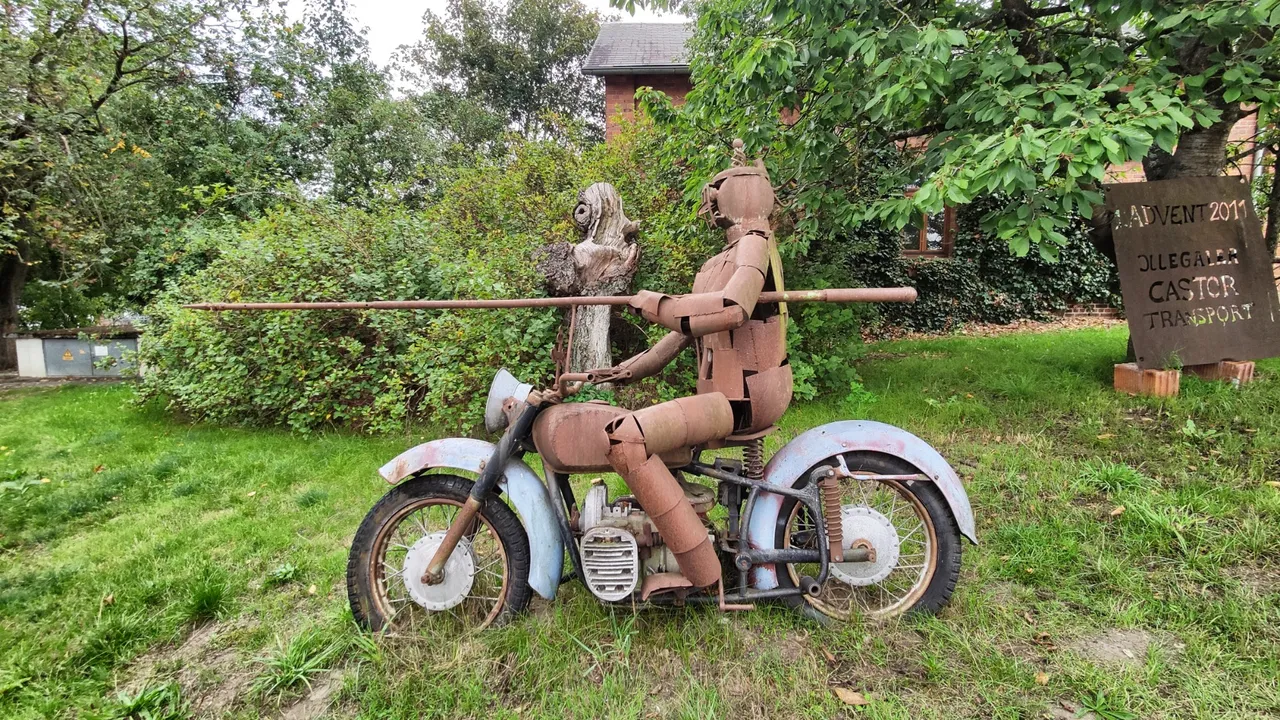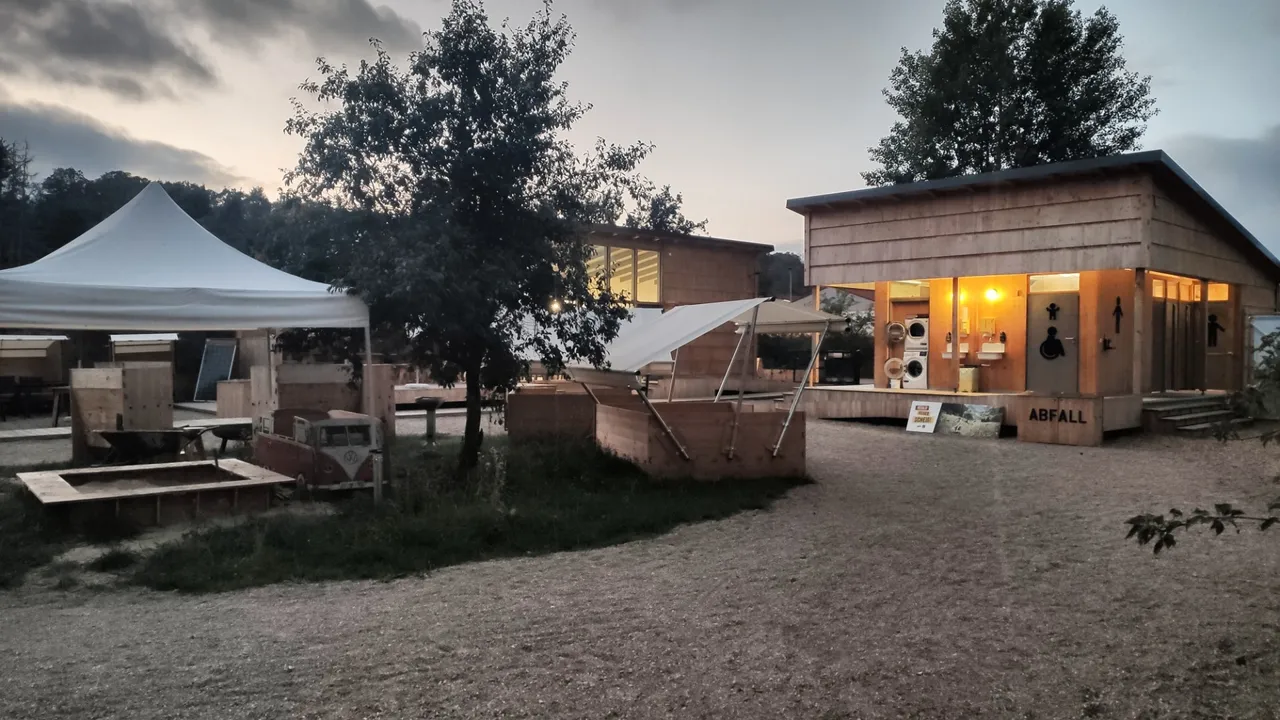
It's 30 years after the german re-unification as we mind a bizarre plan: Let's go along for a hike at the former borderline between the East and the West if Germany! There is a hiking way named „Grenzwanderweg“ or „Green Ribbon“ and it leeds hikers along the path on which the east german border guards monitored the „Iron Curtain“ between the socialist world and the west.
The first episode of our hike you can read here.
This is the second one and here the third and here four.
Now I give you a big five ;-)
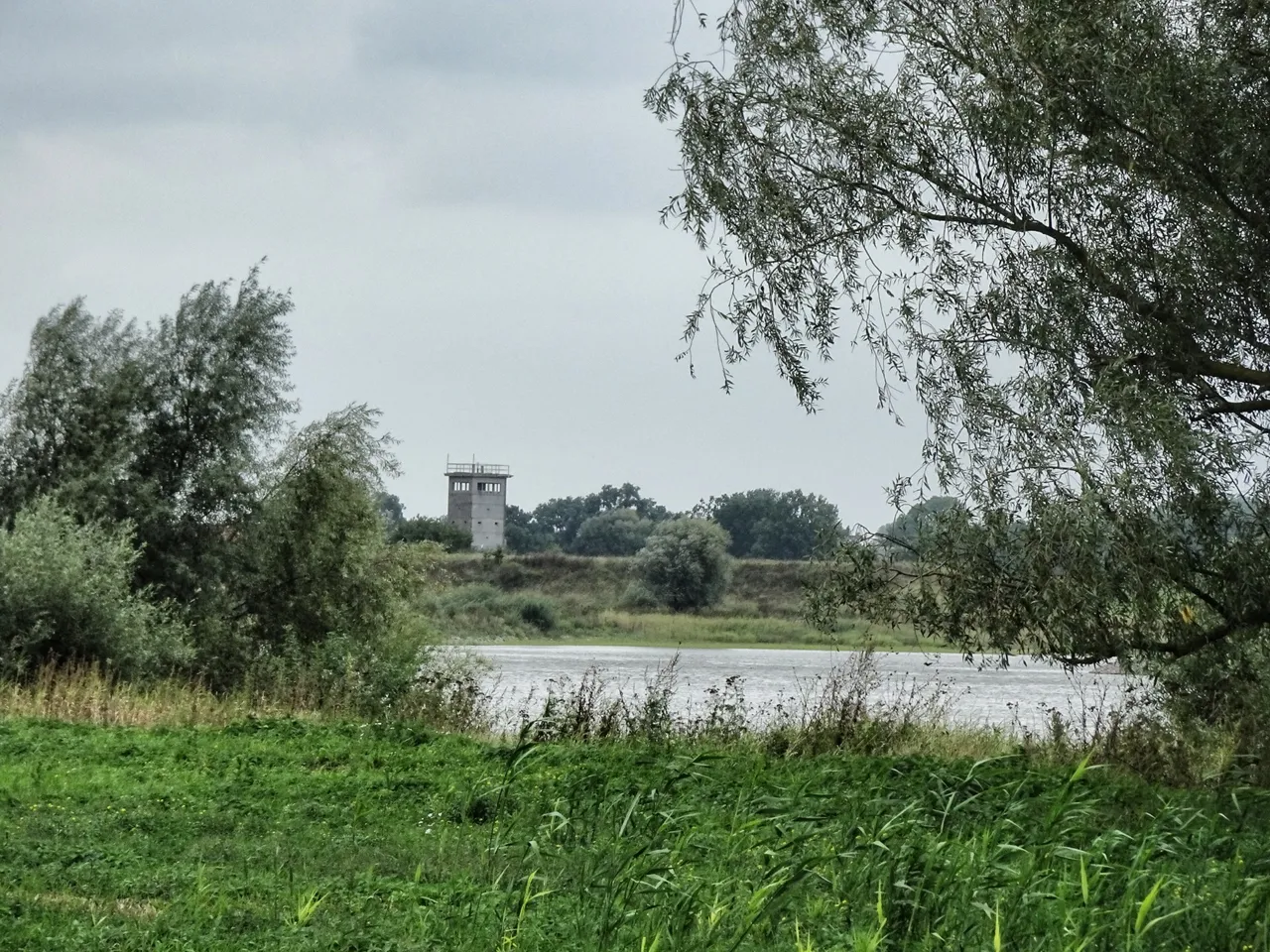
Yes, this must be the Golden West. But unfortunately the grass on the other side of the Elbe does not seem to be greener than in the east. We are on our way to Hitzacker and we are in the middle of an area that is famous for nuclear waste, decades of protests against nuclear waste and huge police actions against these protests. A yellow "X" on many fences reminds us of that time of fear and anger, but that is all today. Gorleben, the nuclear waste dump a few kilometers away, is no longer a big fuss.
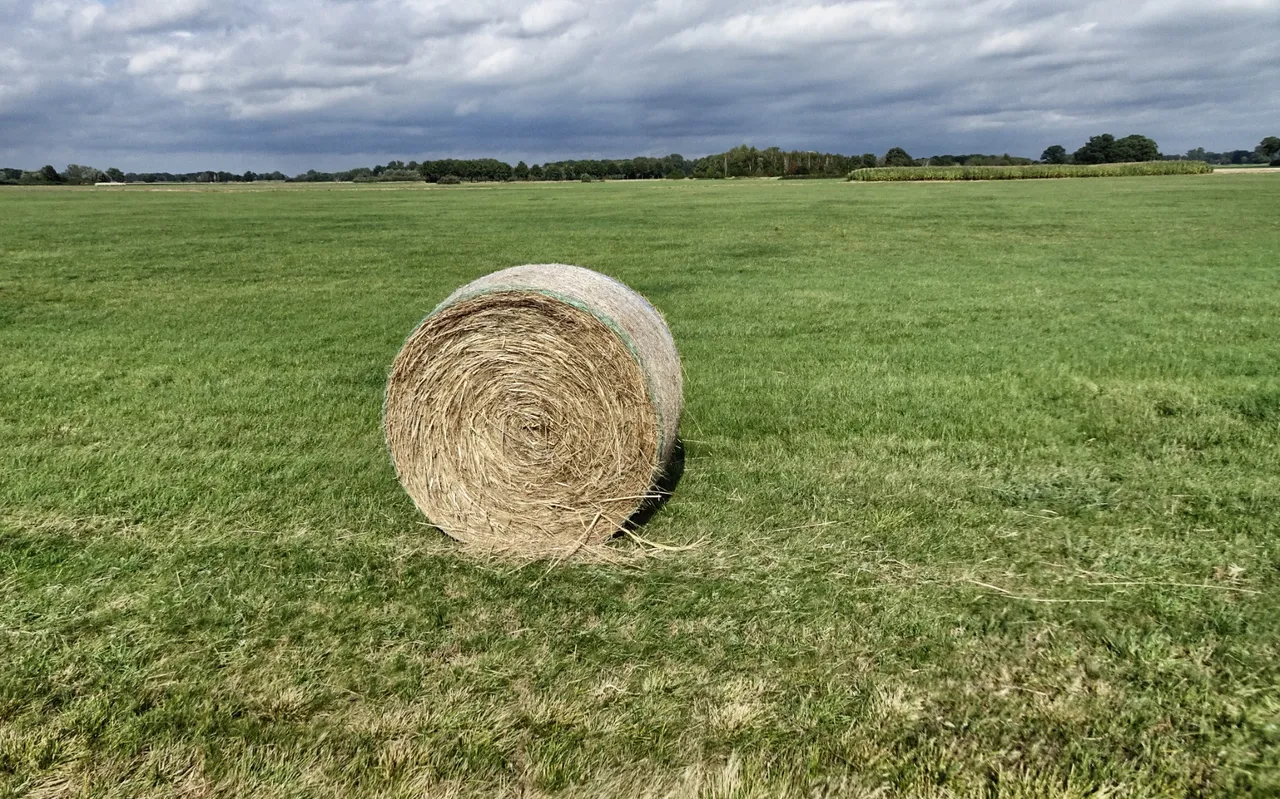
Nowhere is there much excitement. This here is de Lüchower Landgrabenniederung, very old borderland. Man-made lines run through the middle of it, artificial lines that have been laid down by humans and have changed historically over and over again.
Wet lowlands, small bushes
The lowlands are wet and humid, so the borders often orient themselves along these lines, which are given to geograpfisch. There are only a few places where there is a safe ford through the swampy landscape, so that even in the Middle Ages, when trading across borders, care was taken to draw reasonable separations, along which paths, and later also road and railroad tracks, were oriented.
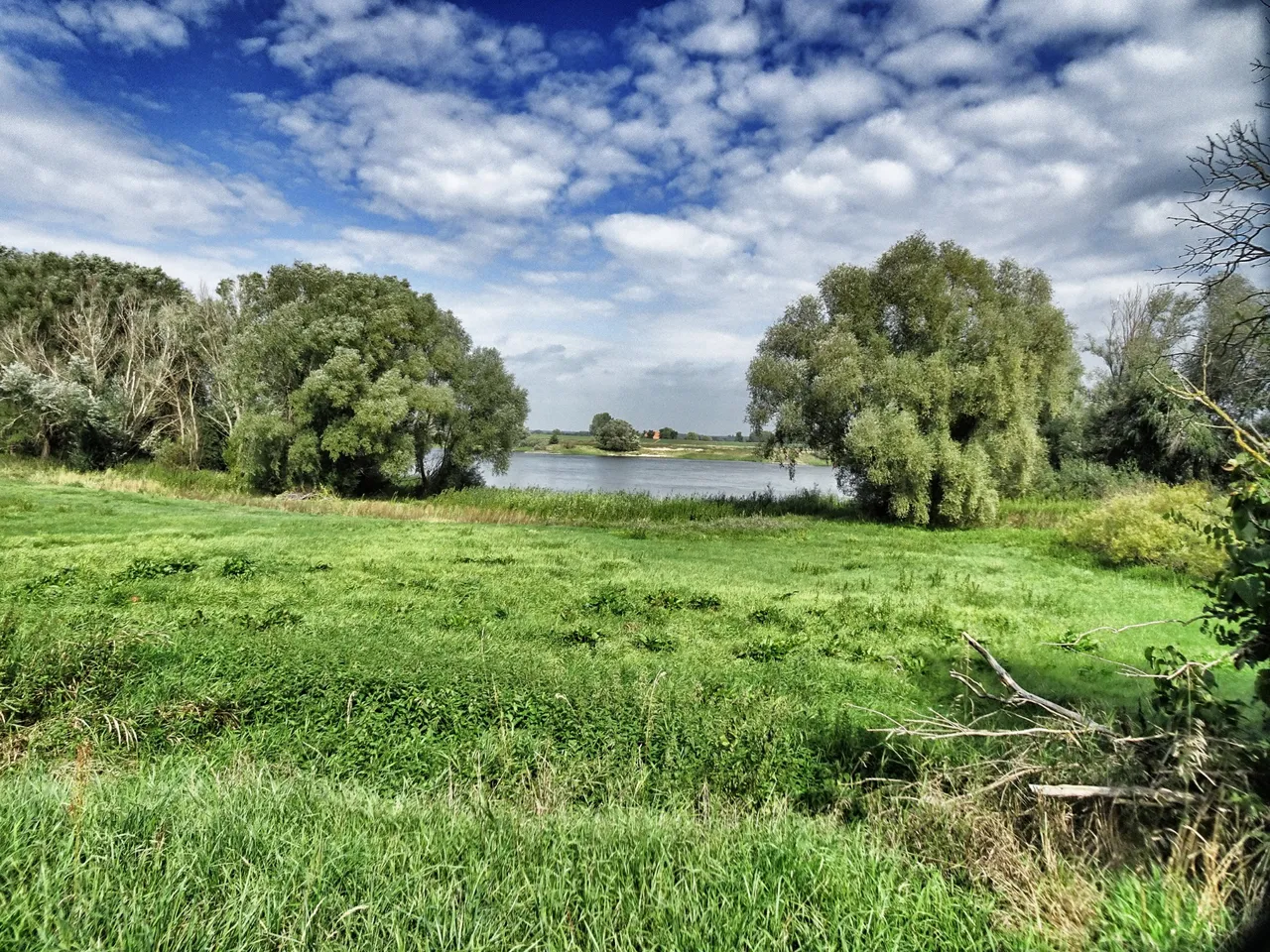
It was only with the division of Germany that the Landgraben lowlands were properly cut up. Due to flight and expulsion after World War II, the number of inhabitants in the rural areas on both sides of the border almost doubled, but in the first post-war years, despite the newly drawn border, the connection between East and West was maintained. The swampy forest areas were difficult to control and for a long time smuggling flourished in both directions.
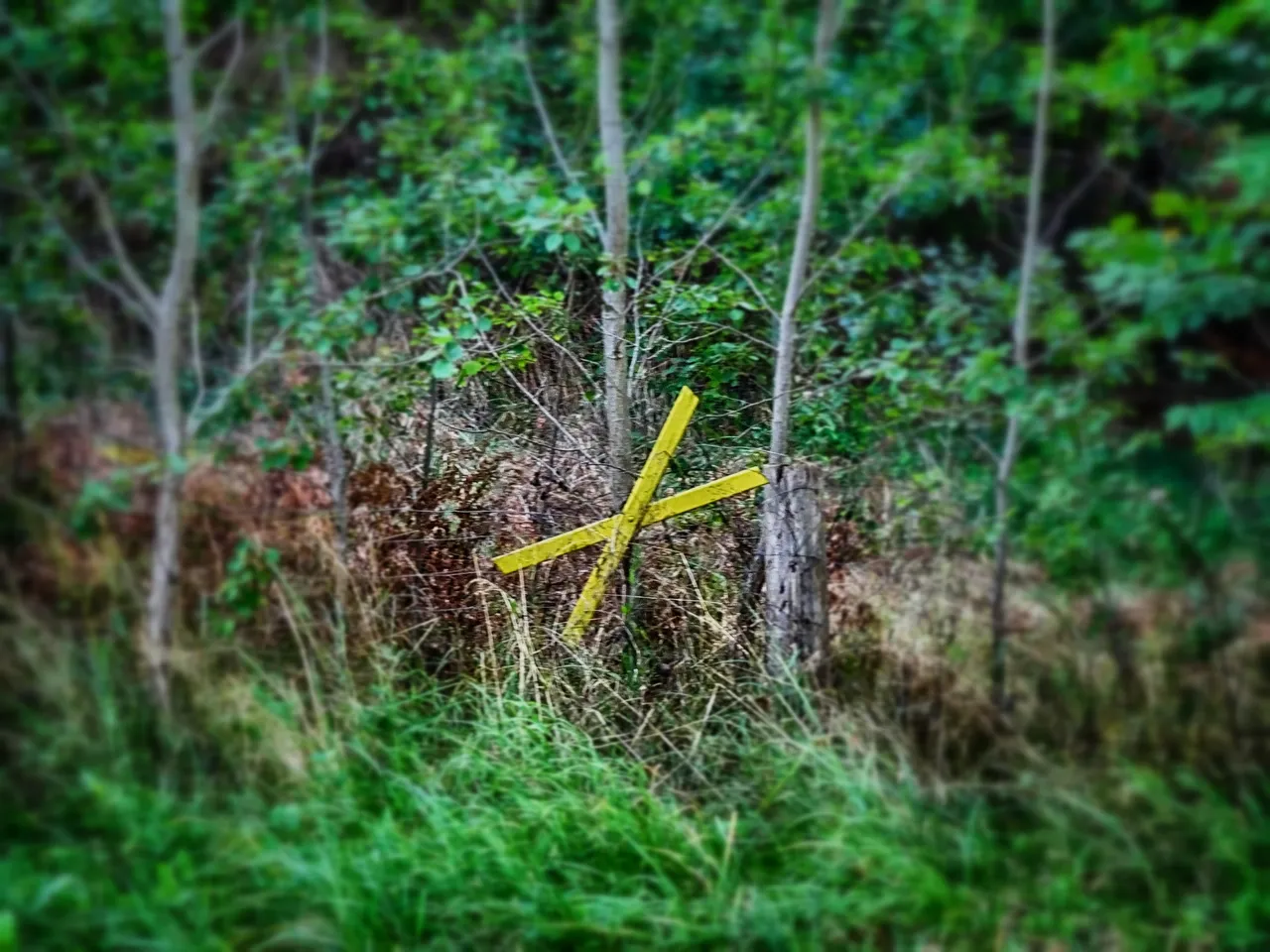
Only later, when the big fence was built over there, everything changed, as Walter tells us, who lives directly at the dam on the west side. "One night I woke up because it was very bright in the room," he says, "and as if looking out of the window, I see that there is a huge construction site over there. The border patrol illuminated the dam with large spotlights, and large construction vehicles erected piles and fence fields.
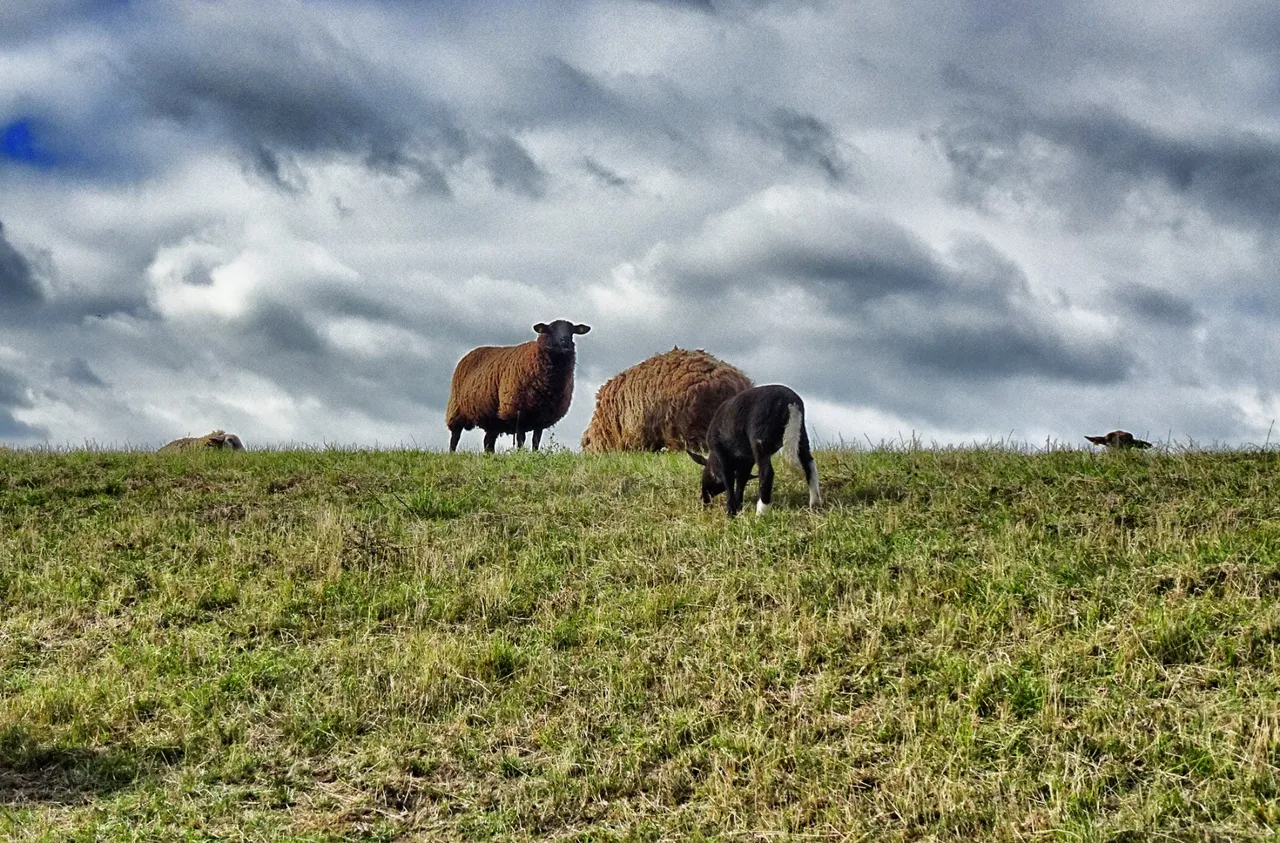
Interesting to look at from the other side, but for the east it was completely sealed off. Although there are sheep and mother animals and foxes, snakes, cows and dogs in Lower Saxony, but that's all. Sometimes we see yellow X's on the fences of house owners. They means resistance against nucelar power - do you remember, near this place is Gorleben, the centre of german nuclear waste and a reason for protests for years.
Peaceful landscape
That's over. These days the 20 kilometre route between Dömitz and Hitzacker are a long, quiet stretch without mountains, hills, forests or anything else exciting. Cyclists avoid riding this way because the cycle path runs behind the dam, so you can't see anything except grazing sheep in the endless loop that the path winds along the river.
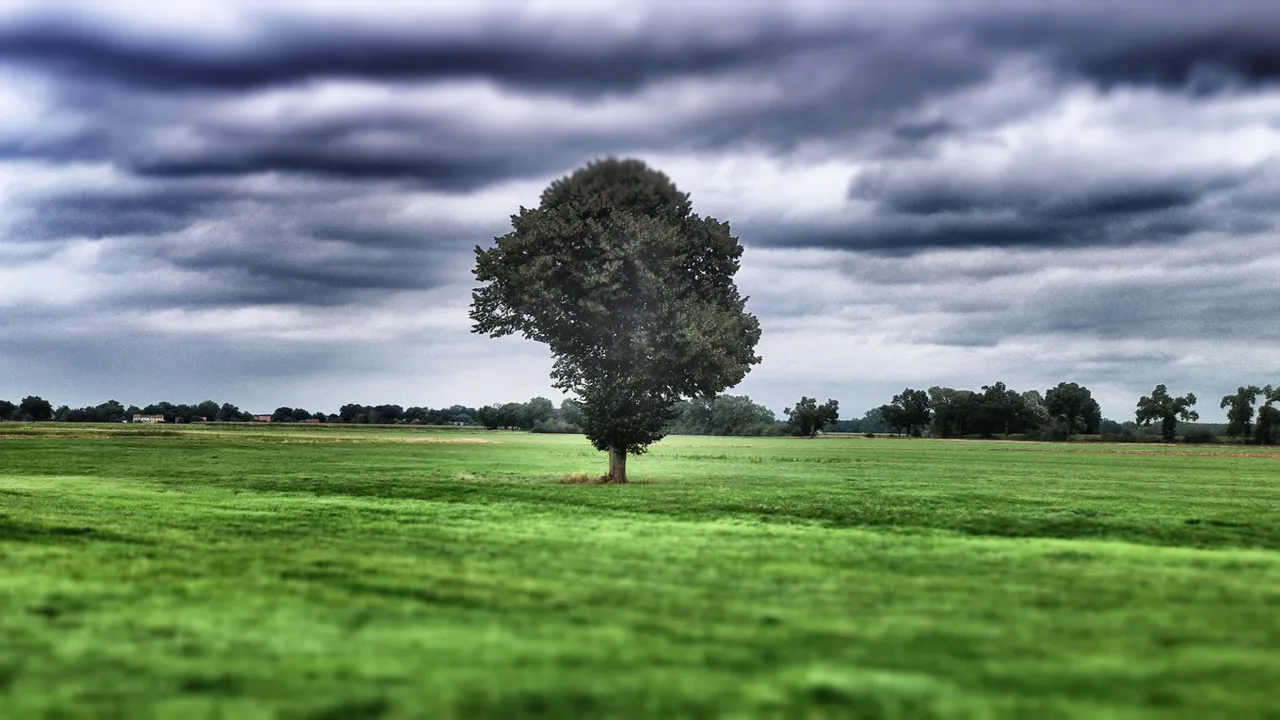
Good for us hikers, because we can breathe in the fresh air with all those agricultural smells. a little cow, a little biogas, a little dead sheep. The golden west smells like a farm.
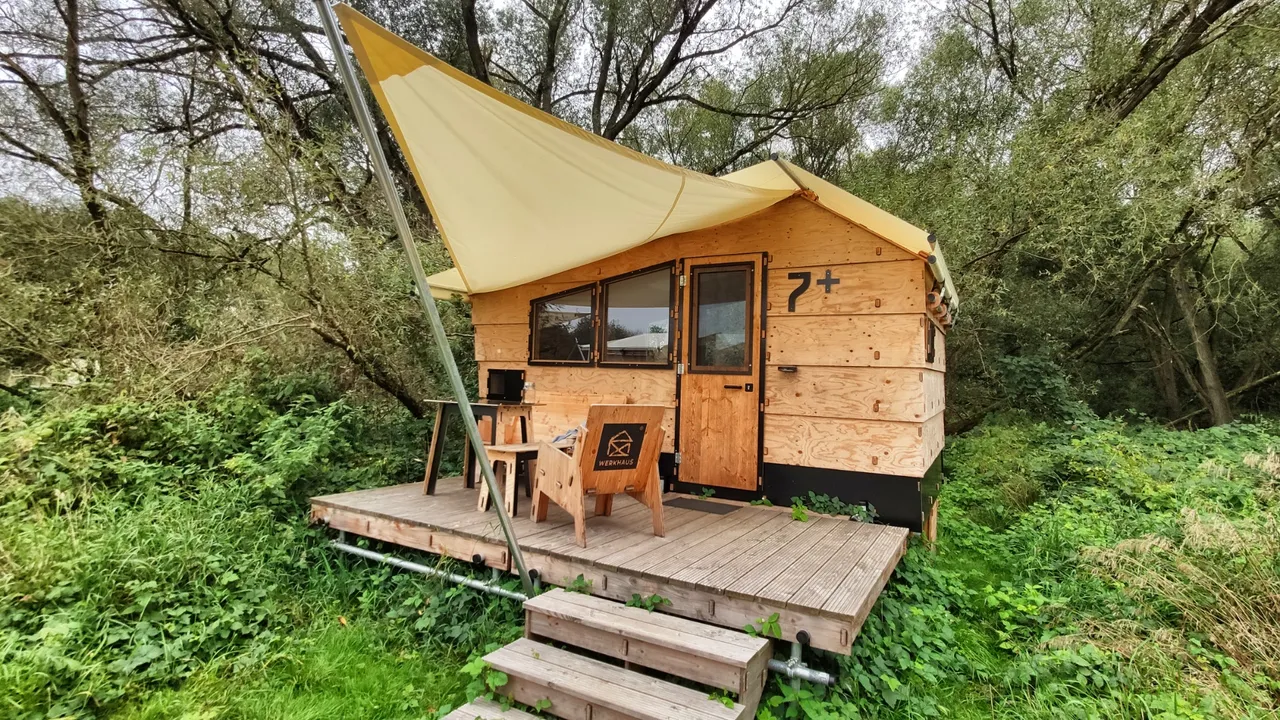
And it looks like one too. After a day on a "long and winding road", as the Beatles sang, we reach our destination, a very special camp with tiny little wooden sheds called "Destinature Camp". In the suburbs of Hitzacker, a town with almost 5,000 inhabitants at the mouth of the Jeetzel into the Elbe, some young entrepreneurs build these 18 comfortable, small houses close to nature. They can stay overnight in cosy wooden huts or mobile single beds with a tent roof, so that you can either watch the nightly starry sky or create a cosy bunk.
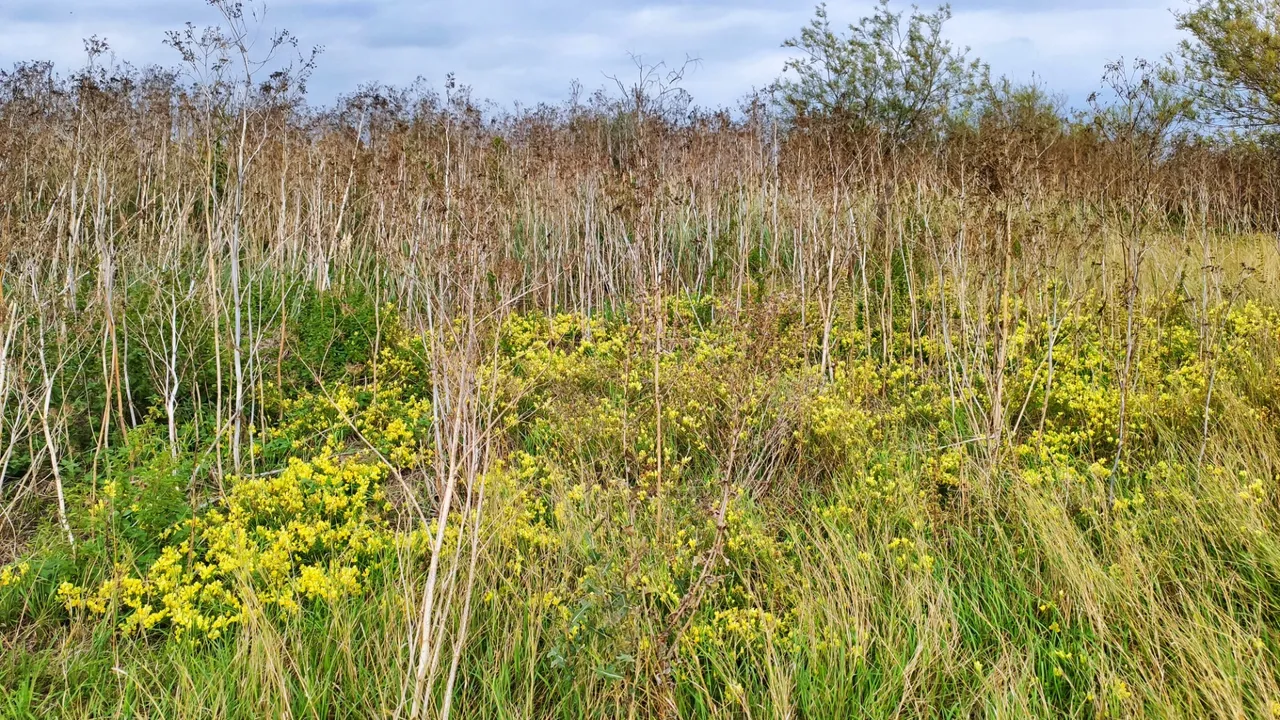
Everything - from the cabins to the comfortable bed linen - is made of sustainable materials and a bio-bistro at the entrance of the village provides you with food and drinks from regional suppliers. There are fireplaces, sauna cabins and whirlpools with wood fires, and the whole village gets electricity and hot water from renewable energy sources - we are here in the so-called Wendtland, an area known for its longing for naturalness and sustainability.
You will find all this here, peace for the feet, rest for the tired head and a warm shower with French soap.
If you like my work and you want to read the following reports from our hike please follow me on Hive, Travelfeed or Steem
A few more pictures for you:
